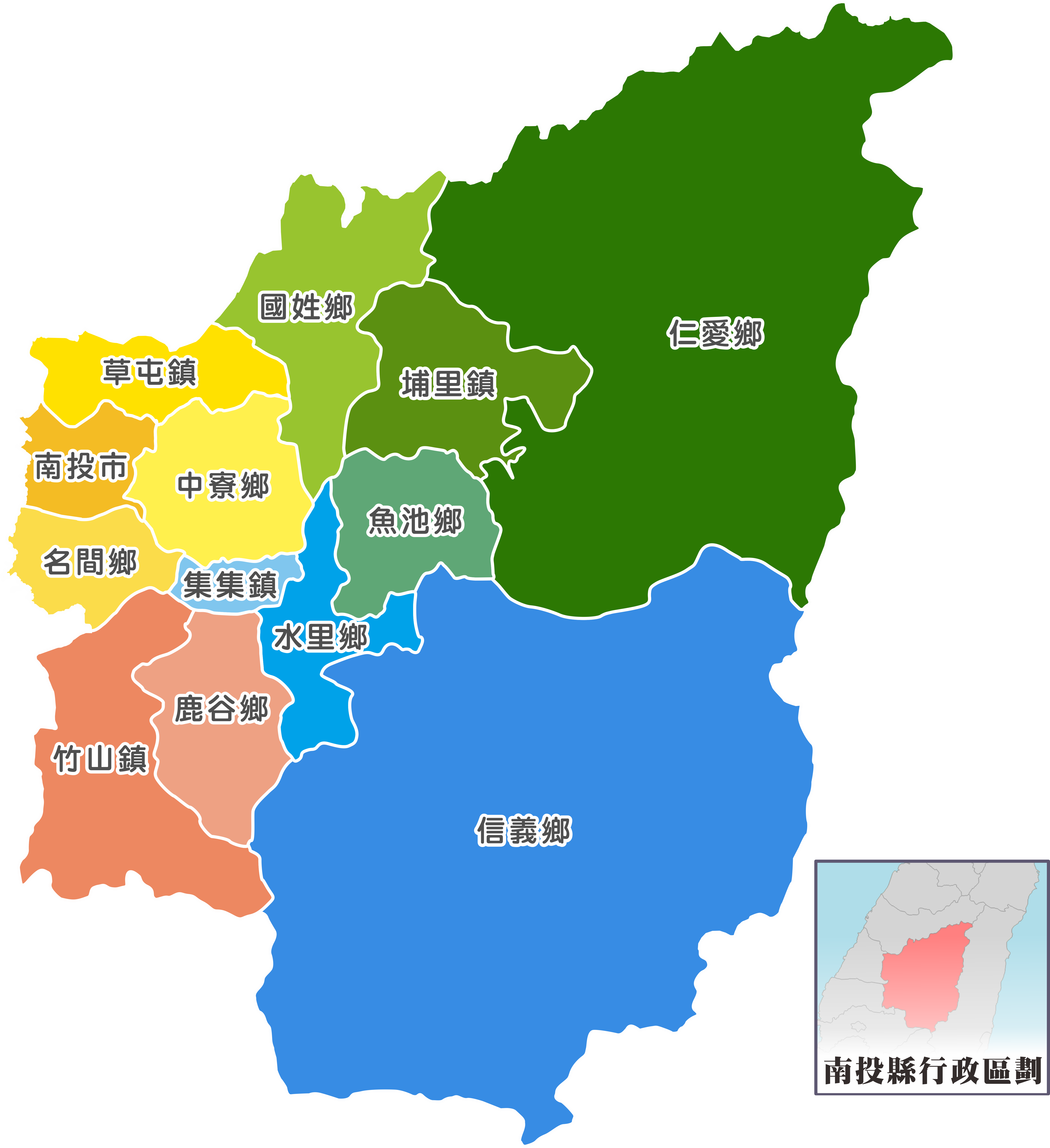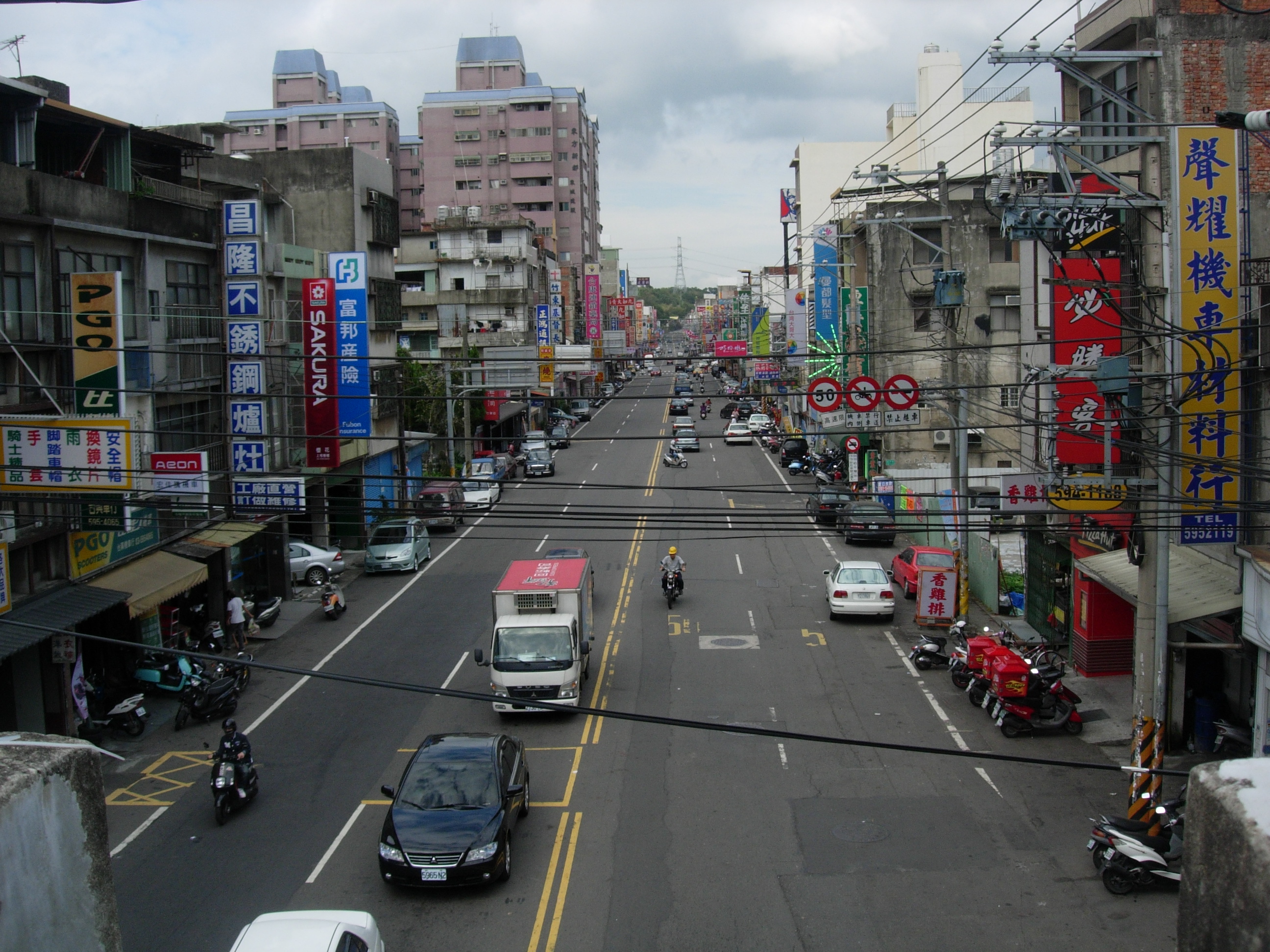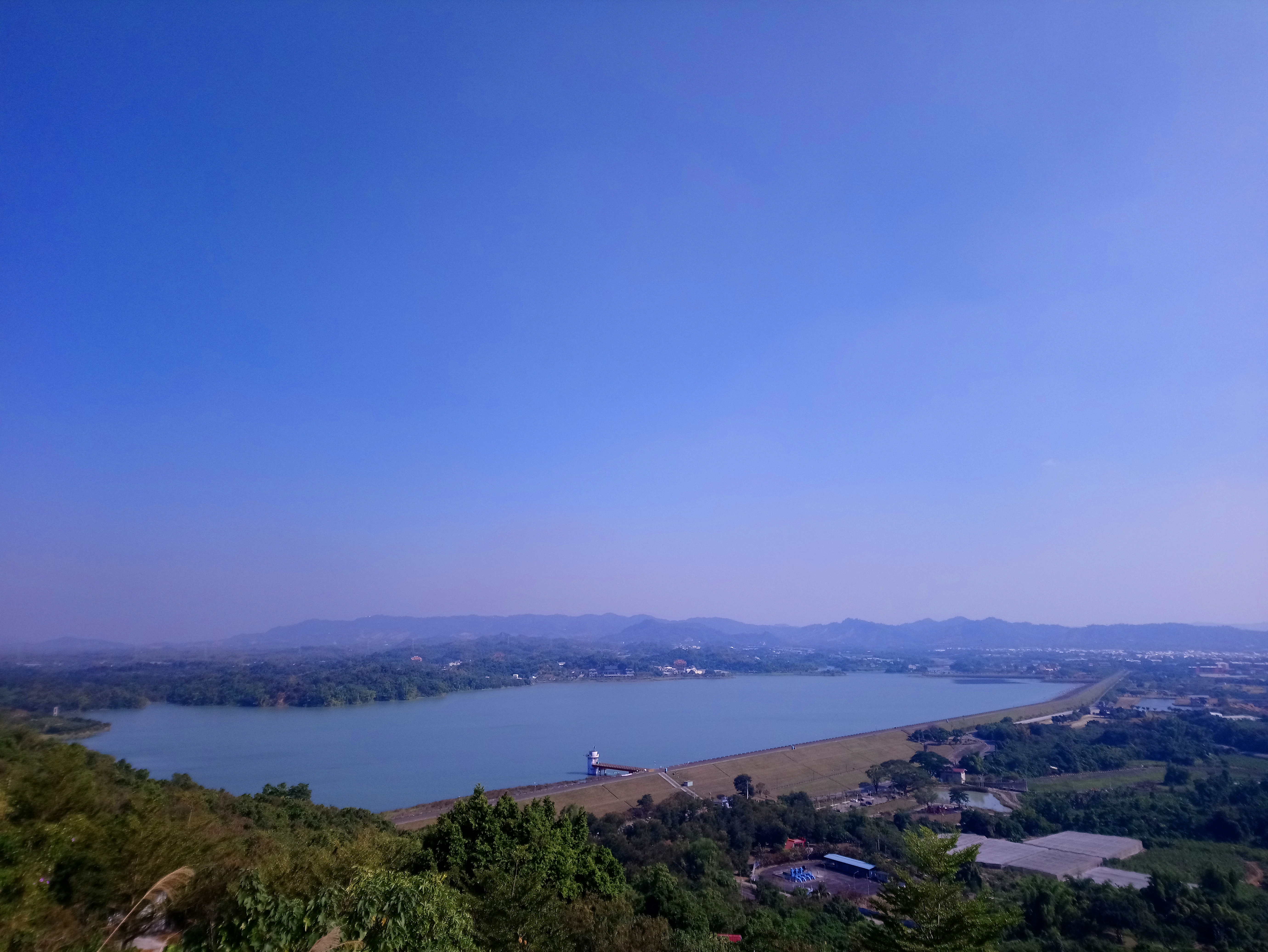|
Jiji Weir
The Jiji Weir () is a weir located in Nantou County, Taiwan. The weir is located at the border of three townships A township is a kind of human settlement or administrative subdivision, with its meaning varying in different countries. Although the term is occasionally associated with an urban area, that tends to be an exception to the rule. In Australia, C ... in the county, which are Jiji Township, Lugu Township and Zhushan Township. History The construction of the weir started in July 1990 and completed in December 2001. Architecture The weir features the Taiwan Water Museum () within Jiji Township border. Transportation The weir is accessible southwest of Jiji station of Taiwan Railways. See also * List of dams and reservoirs in Taiwan References 2001 establishments in Taiwan Buildings and structures in Nantou County Dams completed in 2001 Weirs {{Taiwan-struct-stub ... [...More Info...] [...Related Items...] OR: [Wikipedia] [Google] [Baidu] |
Nantou County
Nantou County (; Hokkien POJ: ''Lâm-tâu-koān''; Hakka PFS: ''Nàm-thèu-yen'') is the second largest county of Taiwan by area, located in the central part of the country. It is also the only non-coastal county in Taiwan. Its name derives from the Hoanya Taiwanese aboriginal word ''Ramtau''. Its mountainous area makes it a tourist destination; Sun Moon Lake is located in this county. Other well-known sightseeing of the county including Aowanda, Formosan Aboriginal Culture Village, Hehuanshan, Paper Dome, Qingjing Farm, Shanlinxi, Shuiyuan Suspension Bridge and Xitou. Notable cities in Nantou are Nantou City and Puli Town. The official butterfly of Nantou County is the broad-tailed swallowtail butterfly (''Agehana maraho''). Nantou's tung-ting tea is one of the most famous and high-quality oolong teas grown in Taiwan. History Early history Before the arrival of Han Chinese to Nantou, the Atayal, Bunun and Tsou tribes were distributed throughout the northern and ce ... [...More Info...] [...Related Items...] OR: [Wikipedia] [Google] [Baidu] |
Taiwan
Taiwan, officially the Republic of China (ROC), is a country in East Asia, at the junction of the East and South China Seas in the northwestern Pacific Ocean, with the People's Republic of China (PRC) to the northwest, Japan to the northeast, and the Philippines to the south. The territories controlled by the ROC consist of 168 islands, with a combined area of . The main island of Taiwan, also known as ''Formosa'', has an area of , with mountain ranges dominating the eastern two-thirds and plains in the western third, where its highly urbanised population is concentrated. The capital, Taipei, forms along with New Taipei City and Keelung the largest metropolitan area of Taiwan. Other major cities include Taoyuan, Taichung, Tainan, and Kaohsiung. With around 23.9 million inhabitants, Taiwan is among the most densely populated countries in the world. Taiwan has been settled for at least 25,000 years. Ancestors of Taiwanese indigenous peoples settled the isla ... [...More Info...] [...Related Items...] OR: [Wikipedia] [Google] [Baidu] |
Zhuoshui River
The Zhuoshui River, also spelled Choshui or Jhuoshuei River, () is the longest river in Taiwan. It flows from its source in Nantou County up to the western border of the county, subsequently forming the border between Yunlin County and Changhua County, with a total length of . The river serves as an unofficial boundary between the north and south of Taiwan. It is dammed in its upper reaches by the Wushe and Wujie Dams, and further downstream by the Jiji Weir. The Zhuoshui River environment has in recent years been seriously degraded both by the construction of a dam across the river at Jiji and by the ongoing activities of the concrete industry. Tributaries * Chenyoulan River * Shuili River * Kashe River Bridges * Xiluo Bridge Dams * Jiji Weir * Wujie Dam See also * List of rivers of Taiwan * Regions of Taiwan The regions of Taiwan are based on the historical administrative divisions. However, most of the definitions are not precise. Division into two regions * East ... [...More Info...] [...Related Items...] OR: [Wikipedia] [Google] [Baidu] |
Weir
A weir or low head dam is a barrier across the width of a river that alters the flow characteristics of water and usually results in a change in the height of the river level. Weirs are also used to control the flow of water for outlets of lakes, ponds, and reservoirs. There are many weir designs, but commonly water flows freely over the top of the weir crest before cascading down to a lower level. Etymology There is no single definition as to what constitutes a weir and one English dictionary simply defines a weir as a small dam, likely originating from Middle English ''were'', Old English ''wer'', derivative of root of ''werian,'' meaning "to defend, dam". Function Commonly, weirs are used to prevent flooding, measure water discharge, and help render rivers more navigable by boat. In some locations, the terms dam and weir are synonymous, but normally there is a clear distinction made between the structures. Usually, a dam is designed specifically to impound water behind ... [...More Info...] [...Related Items...] OR: [Wikipedia] [Google] [Baidu] |
Township (Taiwan)
Townships are the third-level administrative subdivisions of counties of the Republic of China (Taiwan), along with county-administered cities. After World War II, the townships were established from the following conversions on the Japanese administrative divisions: Although local laws do not enforce strict standards for classifying them, generally urban townships have a larger population and more business and industry than rural townships, but not to the extent of county-administered cities. Under townships, there is still the village as the fourth or basic level of administration. As of 2022, there are totally 184 townships, including 38 urban townships, 122 rural townships and 24 mountain indigenous townships. 174 townships with 35 urban and 118 rural townships are located in Taiwan Province and 10 townships with 3 urban and 4 rural townships are located in Fujian Province. Penghu and Lienchiang are the only two counties that do not have urban townships. Statistics of ... [...More Info...] [...Related Items...] OR: [Wikipedia] [Google] [Baidu] |
Jiji, Nantou
Jiji () or Chichi is an urban township located in the west central portion of Nantou County, Taiwan. Jiji is the smallest of Taiwan's townships by area. The township is a popular destination on the Jiji Railway Line. In March 2012, it was named one of the ''Top 10 Small Tourist Towns'' by the Tourism Bureau of Taiwan. History Han Chinese from Zhangzhou began arriving in the area in 1771. The name originates from "Chiv-Chiv", a phrase in the Formosan languages. During the Japanese era (1895–1945), Jiji was a collection and shipping export point for camphor produced in the surrounding areas. By 1940, it was administrated as Shūshū Town (集集街), Niitaka District (新高郡), Taichū Prefecture (now Taichung.) Jiji township then encompassed a much larger area that included the present-day Shuili Township. In 1946, Niitaka District was renamed Yushan District (玉山區), Taichung County, and Jiji contemporaneously became a township. In 1950, Shuili Township was separ ... [...More Info...] [...Related Items...] OR: [Wikipedia] [Google] [Baidu] |
Lugu, Nantou
Lugu Township () is a rural township located in the southwest of Nantou County, Taiwan. Lugu is known as the home of Dongding Oolong Tea, which was first cultivated on Dong Ding Mountain in the area. Administrative divisions Lugu, Zhangya, Guangxing, Yonglong, Fenghuang, Neihu, Heya, Zhulin, Zhufeng, Chuxiang, Xiufeng, Qingshui and Ruitian Village Economy * Dong Ding tea Tourist attractions * Fonghuanggu Bird and Ecology Park * Jiji Weir * Ming Shan Resort * Xitou Nature Education Area Transportation *County Road 139:Lugu - Shuili *County Road 151: Jhushan - Sun Link Sea Highway A highway is any public or private road or other public way on land. It is used for major roads, but also includes other public roads and public tracks. In some areas of the United States, it is used as an equivalent term to controlled-access ... References External links Lugu Township Office, Nantou County Townships in Nantou County {{Taiwan-geo-stub ... [...More Info...] [...Related Items...] OR: [Wikipedia] [Google] [Baidu] |
Zhushan, Nantou
Zhushan Township () is an urban township in the southwest part of Nantou County, Taiwan, and off the south shore of Zhuoshui River. Geography Population: 56,662 people Administrative divisions Zhushan, Zhongzheng, Zhongshan, Yunlin, Zhuwei, Guilin, Xiaping, Zhonghe, Zhongqi, Xiulin, Daan, Yanhe, Yanxiang, Yanzheng, Yanping, Yanshan, Shanchong, Sheliao, Zhongyang, Fuzhou, Tianzi, Huiyao, Dexing, Fuxing, Liyu, Pingding, Ruizhu and Tongtou Village. Government agencies * Central Backup Center of Central Emergency Operation Center Education * National Zhushan Senior High School Tourist attractions * Chelungpu Fault Preservation Park * Jiji Weir * Shanlinxi Forest Recreation Area * Zhushan Zinan Temple * Beishi Xigu (north force creek valley) * Shadonggong National Earthquake Park * Stair Suspension Bridge * Sun Link Sea Forest Recreational Area * Xiaping Natural Education Park * Momotaro Village Events * Chien Chiao Ritual Transportation * Railway: no through here, but can boar ... [...More Info...] [...Related Items...] OR: [Wikipedia] [Google] [Baidu] |
Jiji Railway Station
Jiji () is a railway station on the Taiwan Railways Administration Jiji line located in Jiji Township, Nantou County, Taiwan. History The station was opened for operation on 14 January 1922 during Japanese rule which was mostly used for transporting materials to the nearby power plant. The station relocated to its current location on 2 February 1930. The station was severely damaged in the 1999 Jiji earthquake (921 earthquake) on 21 September 1999 and was reconstructed in 2001. Contactless smart card fare gates were installed at this station on 30 June 2015. Around the station * Jiji Military History Park * Jiji Weir * Mingxin Academy See also * List of railway stations in Taiwan There are currently six operating railway systems in Taiwan: The two Inter-city rail systems, Taiwan Railways and Taiwan High Speed Rail, have several overlaps in station names. See below ''Taiwan High Speed Rail'' section for their relations in ... References 1922 establishments in Taiw ... [...More Info...] [...Related Items...] OR: [Wikipedia] [Google] [Baidu] |
Taiwan Railways Administration
Taiwan Railways Administration (TRA) is a railway operator in Taiwan. It is an agency of the Ministry of Transportation and Communications, responsible for managing, maintaining, and running conventional passenger and freight railway services on 1097 km of track in Taiwan. Since Taiwan is heavily urbanised with a high population density, railways have played an important part in domestic transportation since the late 19th century. Passenger traffic in 2018 was 231,267,955. The agency's headquarters are in Zhongzheng District, Taipei. Overview Railway services between Keelung and Hsinchu began in 1891 under China's Qing dynasty. Because the railway was completely rebuilt and substantially expanded under the operated by Formosa's Japanese colonial government (1895–1945), the network's Japanese influence and heritage persists. Similarities between the TRA and the Japan Railways (JR) companies can be noted in signal aspects, signage, track layout, fare controls, sta ... [...More Info...] [...Related Items...] OR: [Wikipedia] [Google] [Baidu] |
List Of Dams And Reservoirs In Taiwan ...
This is a partial listing of dams and reservoirs in Taiwan (Republic of China). List of dams and reservoirs See also * List of power stations in Taiwan References * Reservoirs, dams and weirs of Taiwan(Taiwan Water Resources Agency) {{Dams and Reservoirs Taiwan Dams Dams A dam is a barrier that stops or restricts the flow of surface water or underground streams. Reservoirs created by dams not only suppress floods but also provide water for activities such as irrigation, human consumption, industrial use ... [...More Info...] [...Related Items...] OR: [Wikipedia] [Google] [Baidu] |
2001 Establishments In Taiwan
1 (one, unit, unity) is a number representing a single or the only entity. 1 is also a numerical digit and represents a single unit of counting or measurement. For example, a line segment of ''unit length'' is a line segment of length 1. In conventions of sign where zero is considered neither positive nor negative, 1 is the first and smallest positive integer. It is also sometimes considered the first of the infinite sequence of natural numbers, followed by 2, although by other definitions 1 is the second natural number, following 0. The fundamental mathematical property of 1 is to be a multiplicative identity, meaning that any number multiplied by 1 equals the same number. Most if not all properties of 1 can be deduced from this. In advanced mathematics, a multiplicative identity is often denoted 1, even if it is not a number. 1 is by convention not considered a prime number; this was not universally accepted until the mid-20th century. Additionally, 1 is the s ... [...More Info...] [...Related Items...] OR: [Wikipedia] [Google] [Baidu] |



.jpg)


